#egyptian sculpture
Text
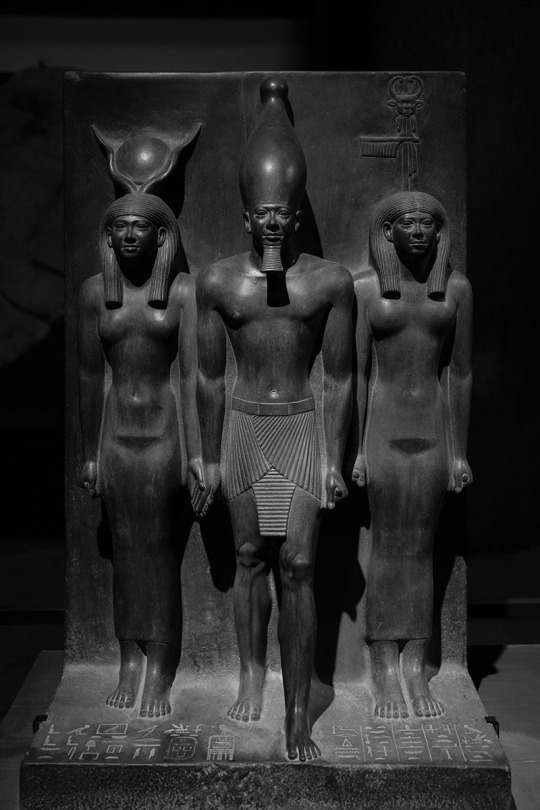
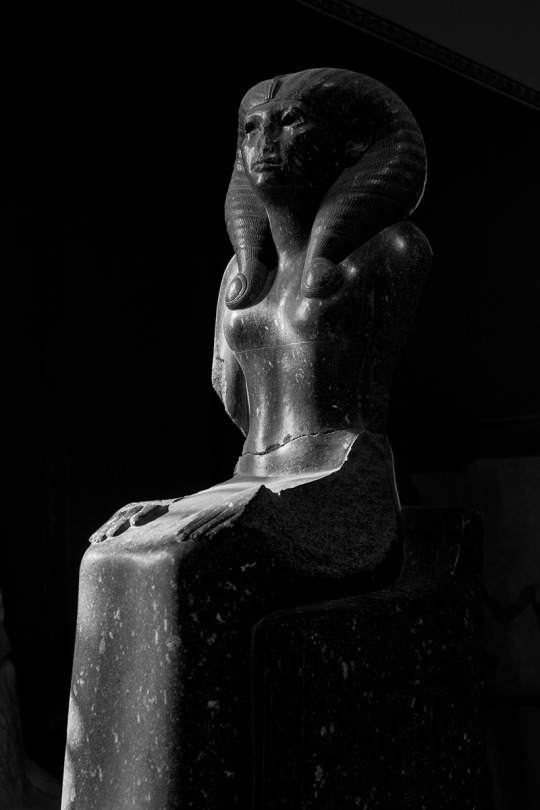

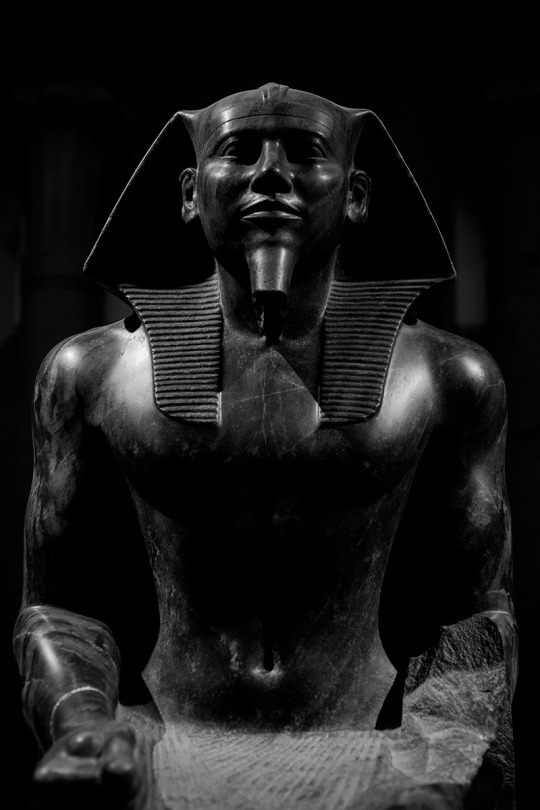
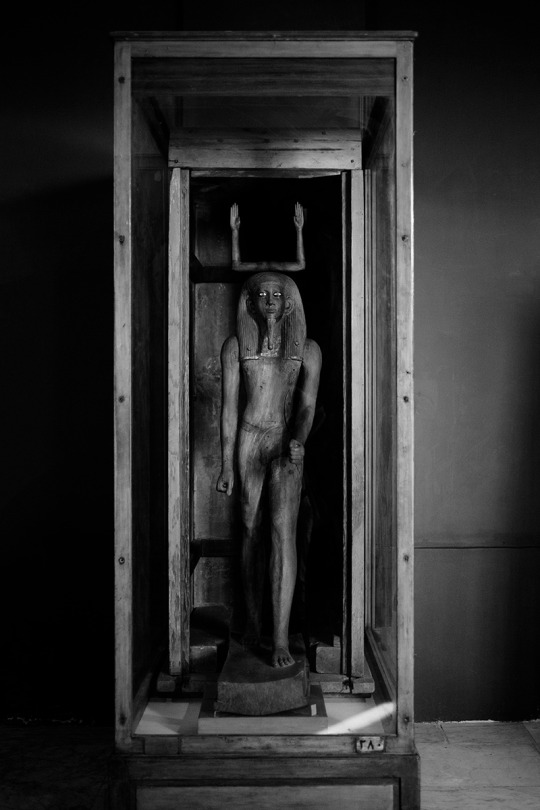
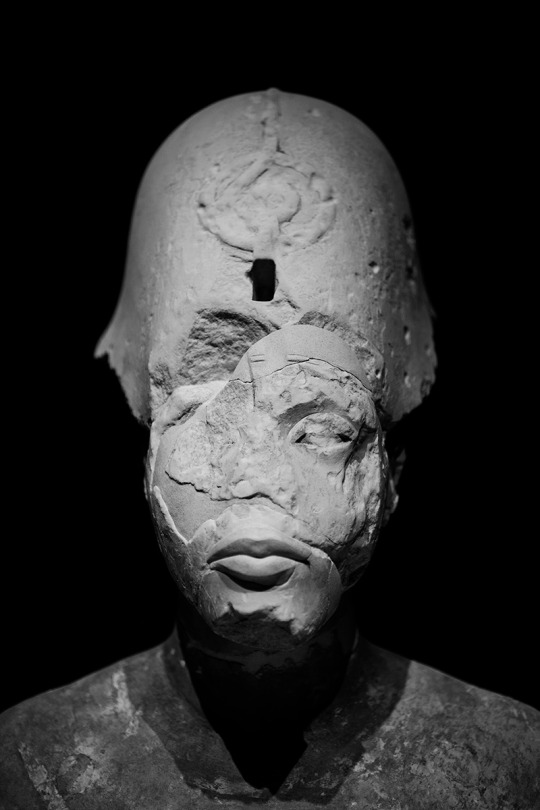
“They Have Already Landed”
(Cairo diary, 2022)
#cairo museum#ancient egypt#black and white#egyptian sculpture#ancient aliens#diary#sculpture photography#ancient civilizations#akhenaten#ka
577 notes
·
View notes
Text

This award-winning room is unmistakably French - whether in Directoire, Empire, or contemporary style... The Directoire reproduction bed from Paul M. Jones Inc. is made of brushed steel with polished brass trim; it is outfitted with a simple linen from Alan Campbell.
Interior Visions: Great American Designers and the Showcase House, 1988
#vintage#vintage interior#1980s#80s#interior design#home decor#bedroom#brass#brushed steel#bed#antiques#Egyptian sculpture#fireplace#Directoire#Empire#French#style#home#architecture
115 notes
·
View notes
Text

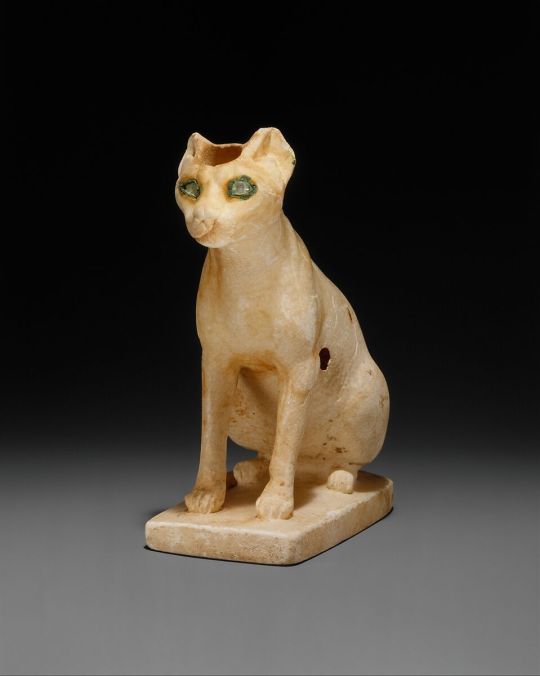
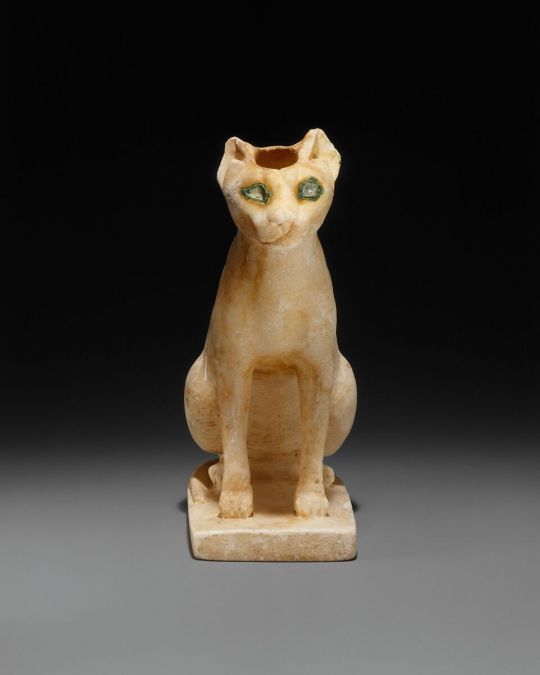
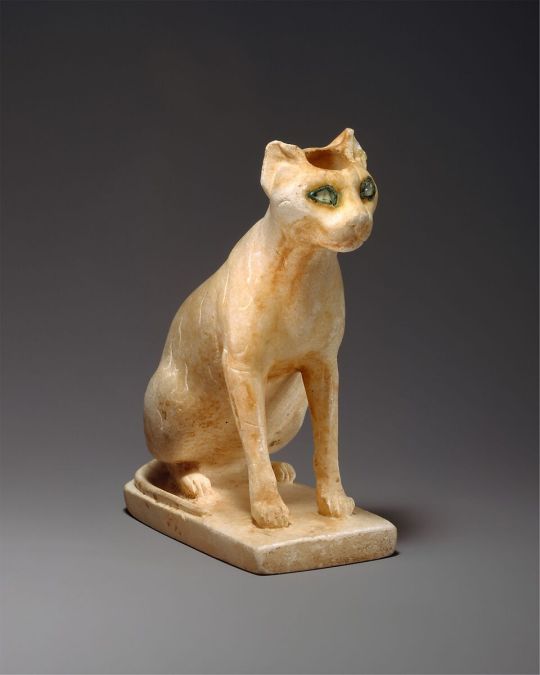
Cosmetic Vessel in the Shape of a Cat
Middle Kingdom
Ca. 1990–1900 B.C.
Egypt
The cat first appears in painting and relief at the end of the Old Kingdom, and this cosmetic jar is the earliest-known three-dimensional representation of the animal in Egyptian art. The sculptor demonstrates a keen understanding of the creature's physical traits, giving the animal the alert, tense look of a hunter rather than the elegant aloofness seen in later representations. The rock-crystal eyes, lined with copper, enhance the impression of readiness.
Travertine (Egyptian alabaster), copper, quartz crystal, paint.
H. 14 (5 1/2 in.); l. 13.7 cm (5 3/8 in.); w. 6.2 cm (2 7/16 in.).
#Cosmetic Vessel in the Shape of a Cat#middle kingdom#Ca. 1990–1900 B.C.#Egypt#sculpture#egyptian sculpture#ancient artifacts#archeology#archeolgst#history#history news#ancient history#ancient culture#ancient civilizations#ancient egypt#egyptian art
158 notes
·
View notes
Photo

This ancient Egyptian bust looks just like Michael Jackson, and it’s actually a woman.
https://9gag.com/tag/field-museum-of-natural-history/fresh
67 notes
·
View notes
Text

Statue of Princess Takushit, c.670 BC
5K notes
·
View notes
Text
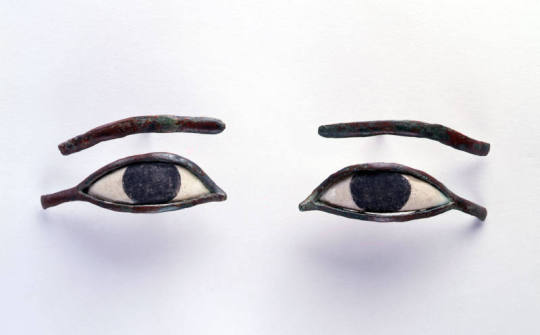
~ Pair of Eye Inlays.
Place of origin: Egypt
Period: Late Period, 25th-26th Dynasty
Date: 722-525 B.C.
Medium: Stone, alabaster, pigment.
#ancient#ancient art#history#museum#archeology#ancient egypt#ancient sculpture#ancient history#archaeology#egyptology#Egyptian#Egypt#pair of eye inlays#late period#25th dynasty#26th Dynasty#722 b.c.#525 b.c.
2K notes
·
View notes
Text
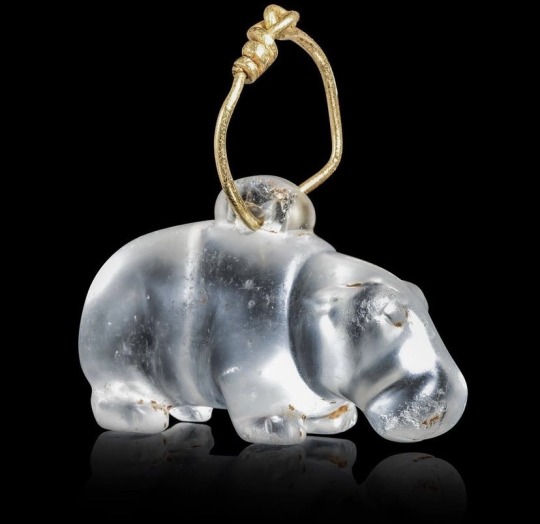
An Egyptian rock crystal of a chonky hinpopotamus amulet
(Middle Kingdom, ca. 2050-1650 BCE)
Amulets were worn by ancient Egyptians for their protective and regenative properties. Used in both in daily life and during funerary rites, amulets represented animals, deities, symbols or objects thought to possess the magical powers of warding off evil spirits.
As animals were popular representations, the hippopotamus was known for its apotropaic (e.g. ability to avert bad luck) qualities and was associated with rebirth.
#art#archaeology#sculpture#ancient#ancient art#ancient egypt#amulet#hippopotamus#apotropaic#egyptian art#egyptology#kemetic#ancient kemet#rock crystal#geology#ancient jewelry#jewelry
3K notes
·
View notes
Text


Hippopotamus figurine
Middle Kingdom
Dynasty: Late Dynasty 12–13
ca. 1850–1700 B.C.
Geography: From Egypt, Memphite Region, Lisht North, Tomb of Senwosret
696 notes
·
View notes
Text
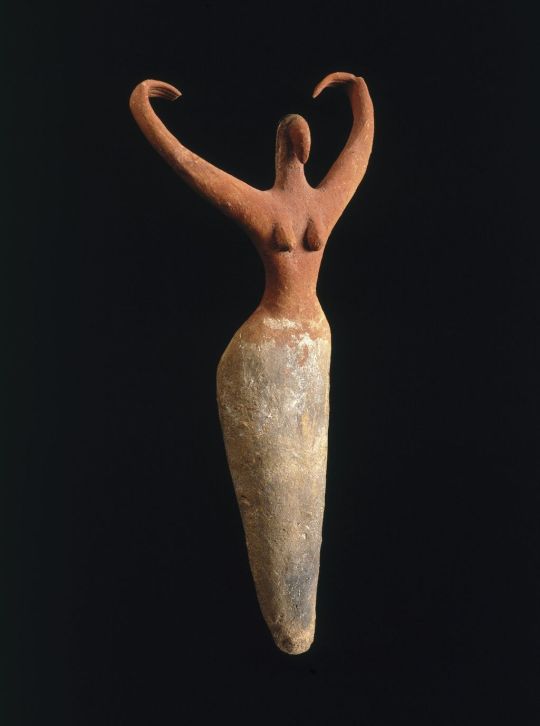
woman figurine, terracotta, 3600 bc s
#woman figurine#sculpture#BC#terracotta#ancient Egypt#Egyptian#my post#btw it's not really a Venus as venues we call women figurines from palaeolithic#usually about 50-10 thousand years bc#but when it comes to basic features as well as hypothetical function it may have served I would call it a much later venues:)
2K notes
·
View notes
Text
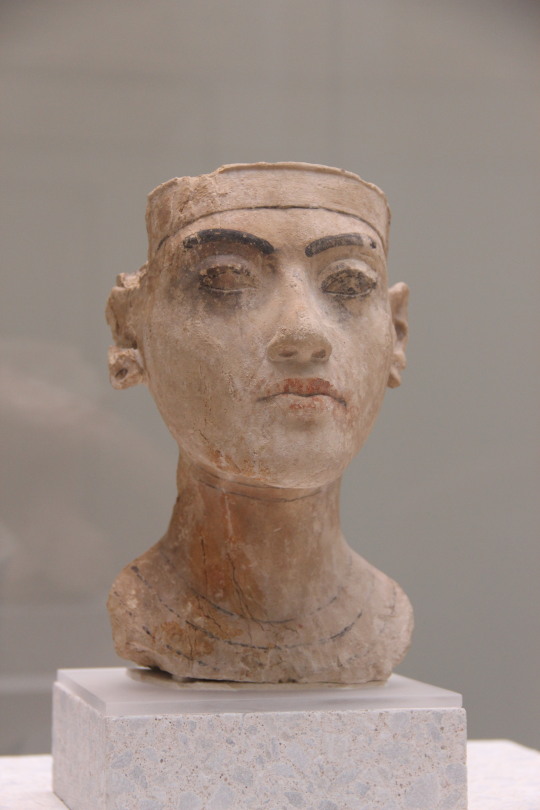
Sculpture of a member of the Egyptian royal family. Artist unknown; 18th Dynasty, Amarna Period. Now in the Neues Museum, Berlin. Photo credit: Gary Todd.
#art#art history#ancient art#Egypt#Ancient Egypt#Egyptian art#Ancient Egyptian art#18th Dynasty#New Kingdom#Amarna Period#sculpture#portrait sculpture#portrait bust#stonework#carving#Neues Museum
537 notes
·
View notes
Photo
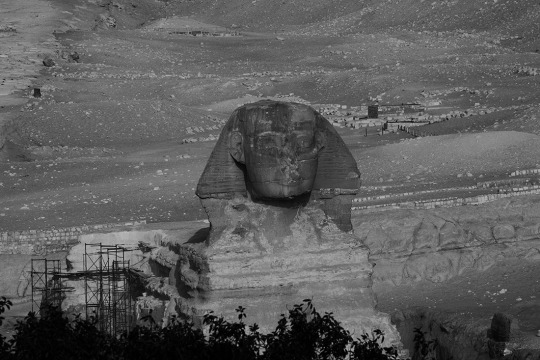

Day and Night.
Riddle.
(Giza, Egypt 2022)
#Ancient Egypt#sphinx#sphinx at night#cairo#travel diary#black and white#Egyptian sculpture#giza#riddle#where are we now?
285 notes
·
View notes
Text
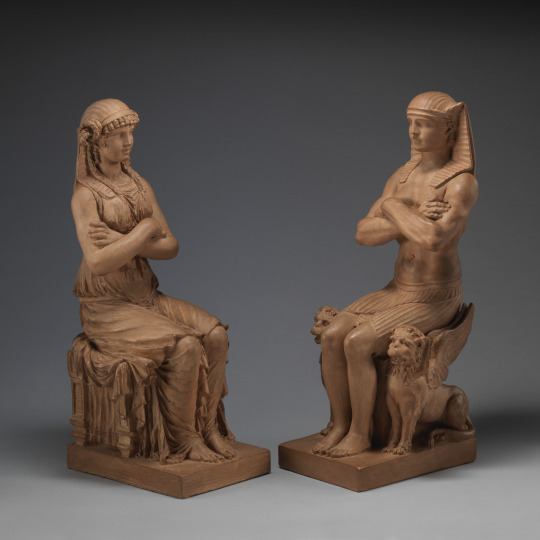
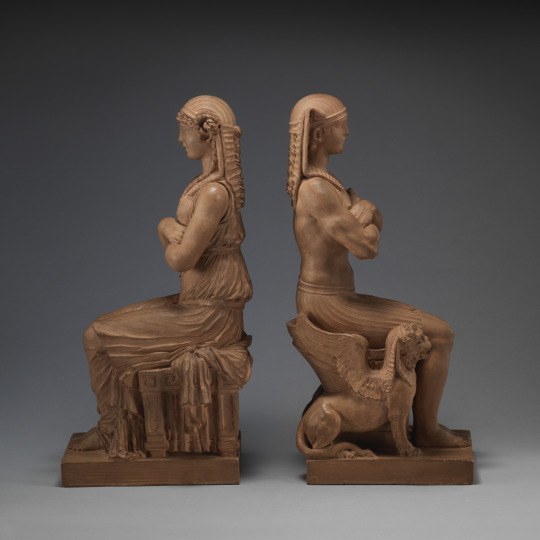


Egyptian Goddess and Egyptian God by Claude Michel, called Clodion
French, probably 1780s
painted terracotta
Metropolitan Museum of Art
#Clodion#Claude Michel#rococo#baroque#art#statue#sculpture#terracotta#French#Metropolitan Museum of Art#god#goddess#Egyptian
95 notes
·
View notes
Text

Head of the God Amun
Ca. 1336–1327 B.C.
New Kingdom, post-Amarna Period.
From Upper Egypt, Thebes; From Egypt.
Amun was a major ancient Egyptian deity who appears as a member of the Hermopolitan Ogdoad. Amun was attested from the Old Kingdom together with his wife Amunet. With the 11th Dynasty (c. 21st century BC), Amun rose to the position of patron deity of Thebes by replacing Montu.
After the rebellion of Thebes against the Hyksos and with the rule of Ahmose I (16th century BC), Amun acquired national importance, expressed in his fusion with the Sun god, Ra, as Amun-Ra (alternatively spelled Amon-Ra or Amun-Re).
Amun-Ra retained chief importance in the Egyptian pantheon throughout the New Kingdom (with the exception of the "Atenist heresy" under Akhenaten). Amun-Ra in this period (16th to 11th centuries BC) held the position of transcendental, self-created creator deity "par excellence"; he was the champion of the poor or troubled and central to personal piety. With Osiris, Amun-Ra is the most widely recorded of the Egyptian gods.
As the chief deity of the Egyptian Empire, Amun-Ra also came to be worshipped outside Egypt, according to the testimony of ancient Greek historiographers in Libya and Nubia. As Zeus Ammon and Jupiter Ammon, he came to be identified with Zeus in Greece and Jupiter in Rome.
#Head of the God Amun#Ca. 1336–1327 B.C.#New Kingdom post-Amarna Period#granodiorite#sculpture#egyptian sculpture#ancient artifacts#archeology#archeolgst#history#history news#ancient history#ancient culture#ancient civilizations#ancient egypt#egyptian history#egyptian art
141 notes
·
View notes
Text
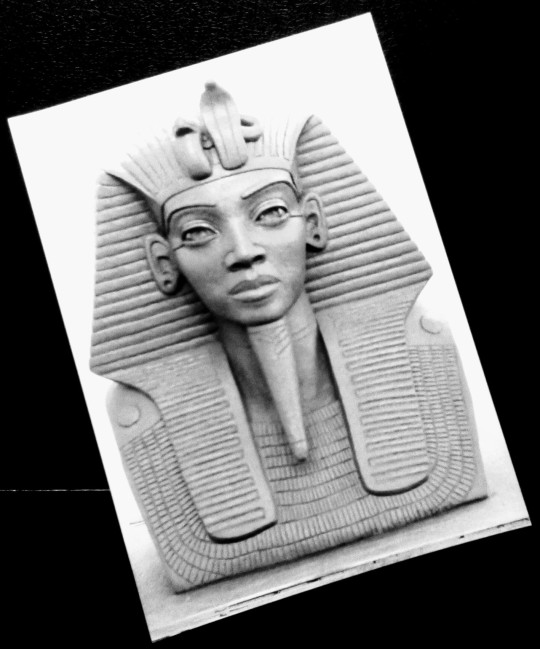
Hello dear friends, very recently I presented the original colour photograph of my sculpture called Tut. So tonight I thought that I would present that photo to you as a black and white photo.
I always like how clay sculpture looks in black and white photographs, it seems to give an almost more striking appearance about the piece .
I'm looking forward to presenting the next photo of The Lost Boy Of Venice on here very soon , hope you're having a pleasant week, keep well and Take care 🖐️👍🤗
#art#sculpture#artist#artists on tumblr#modernart#artgallery#claywork#artcollector#statue#artstudio#photooftheday#creative#egyptian#cairo egypt
260 notes
·
View notes
Text

Imaan Hammam for Jacquemus
#imaan hammam#jacquemus#sculptural#black#black dress#toya's tales#style#toyastales#toyas tales#fashion#art#clothing#april#spring#spring fashion#fashion photography#black woman appreciation#black woman beauty#black beauty#fashion inspiration#celebrity fashion#egyptian#morrocan#fashion trends#fashion model#little black dress#ponytail#luxury fashion#designer
31 notes
·
View notes
Text


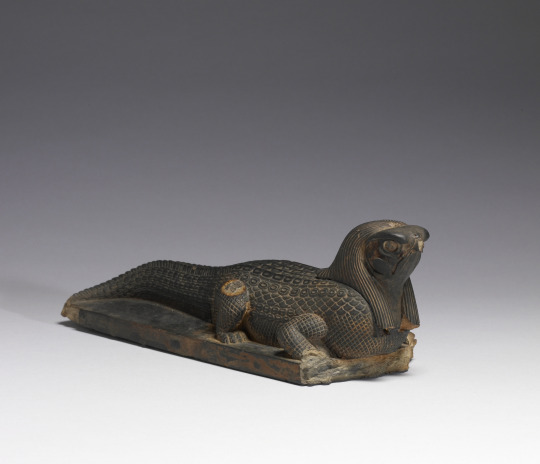
~ Statue of a Crocodile with the Head of a Falcon.
Culture: Egyptian
Date: ca. 380-250 B.C.
Period: Late Period-early Ptolemaic Period; 30th Dynasty
Medium: Steatite
#ancient#ancient art#history#museum#archeology#ancient egypt#ancient sculpture#ancient history#archaeology#Egyptian#egyptology#Egypt#crocodile#falcon#ptolemaic#late period#30th dynasty#steatite#ca. 390 b.c.#ca. 250 b.c.
3K notes
·
View notes